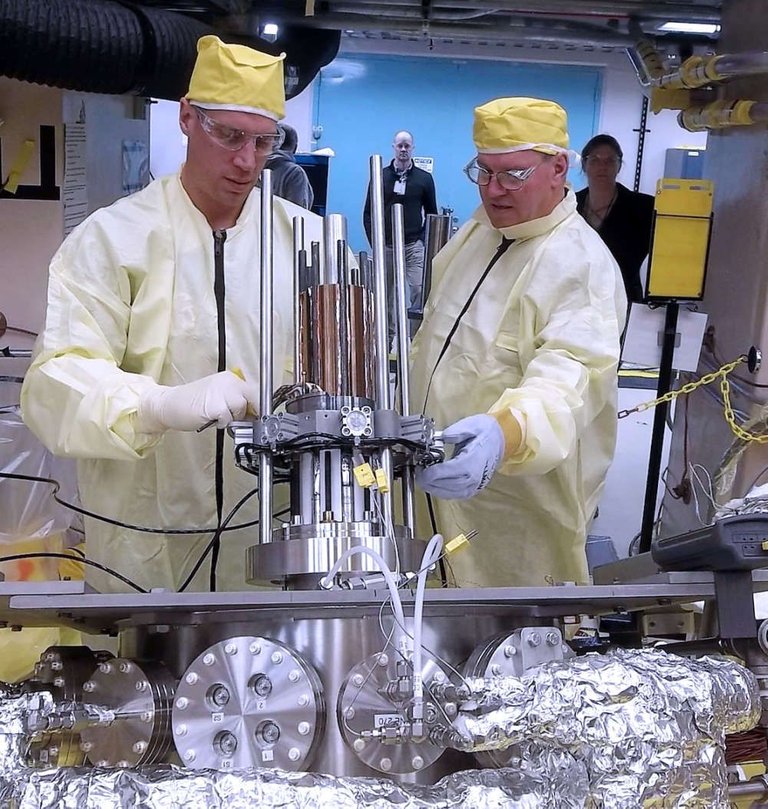NASA says it has completed testing on a new nuclear fission power system for deep space missions – and the results went extremely well.
The system is called Kilopower, and it involves using the heat generated by uranium to produce power. It’s a $20 million project that’s been billed as a way to support human missions to the Moon, Mars, and beyond.

At a conference at the NASA Glenn Research Center in Ohio, engineers from the $20 million project revealed results of the tests, conducted earlier this year in the Nevada desert. And they said their prototype, called KRUSTY (Kilopower Reactor Using Stirling Technology), exceeded all of their expectations.
“I’m really glad to be able to report back to you that the test went great,” Marc Gibson, the lead engineer on Kilopower, said at the event.
Kilopower is a technology that uses heat generated by the nuclear fission of uranium to produce power. It could theoretically supply constant power for hundreds of years, with no need to rely on consumables or the Sun.
At the core of the reactor is an enriched uranium core, encased in a reflector made from beryllium oxide. A rod of boron carbide starts the fission reaction in the uranium, producing heat that’s transported by pipes to the power generators, known as Stirling converters.
On top of the reactor is a large circular radiator, which emits the excess heat from the reactor. In total, a finished reactor would measure about 2 meters (6.5 feet) tall.
To prove it worked, engineers built a smaller KRUSTY prototype and ran it at temperatures of hundreds of degrees, putting it through its paces to see just how useful it could really be. On March 21 they concluded their testing, which included a demonstration that lasted for 28 hours. And things went pretty well.
Running at up to 800°C (1,470°F), the team found that the reactor exceeded pretty much all of their expectations. It produced up to 1 kilowatt of power, but the team noted this was easily scalable up to 10 kilowatts with their existing system. Future designs for the Moon and Mars could reach 40 kilowatts.
Hi! I am a robot. I just upvoted you! I found similar content that readers might be interested in:
http://www.iflscience.com/space/nasa-just-tested-a-new-nuclear-fission-reactor-and-the-results-were-incredible/